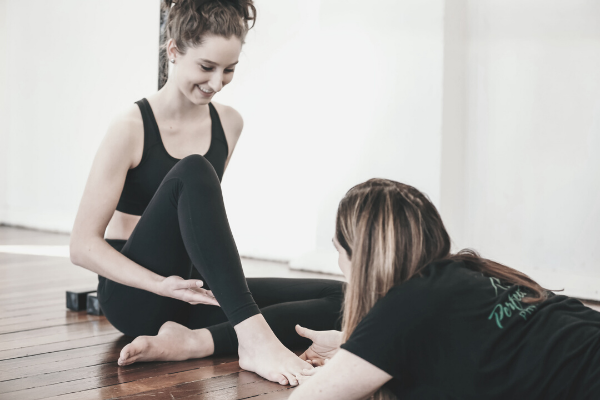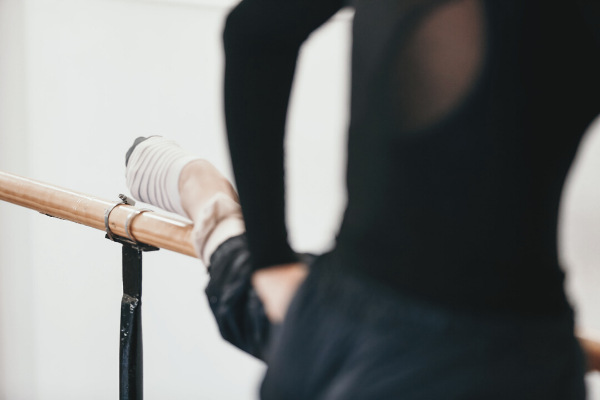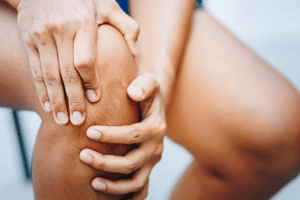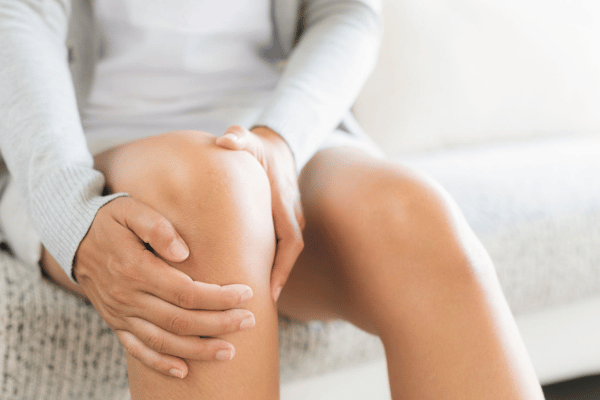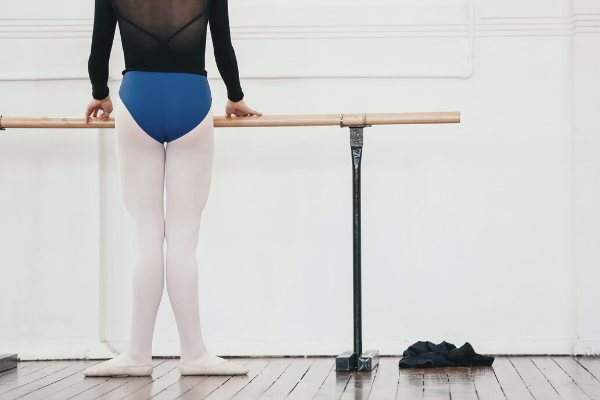Professional Dancer with Knee Pain Wants Answers
Dear Lisa,
I have been quietly following you for years and I am always pleased with the quality of information you are putting out there for us! I am in my second season as a professional dancer, first year in a big classical company in Europe and I have a question about knees!
When I am doing a large amount of work in turnout I become prone to developing jumpers knee. Inflammation to the inside of my patella tendon. I had this to my left knee for quite some time at my professional school in Europe (unfortunately the Russian training system has not caught up with the rest of the world in what we now know as a healthy way of teaching turn out) with a high level of discomfort, but was forced to continue training. I am not willing – at all – to take a cortisone injection despite what I am sometimes told.
Last season I was with a modern company. We had classical class each day of a very high quality but mostly the rep was using the legs in a greater variety of positions and less rigorously in turn out. Now I am in a classical company I have developed very similar pain on the right knee. It comes and goes but has stayed for a couple of months now. I had an Os Trigonum operation on my right foot two years ago and recently at a sports hospital been tested for my foot stability, my right foot being 4 times less stable than the left now. This is the cause of the problem, right? Or is it a lack of true hip rotation, or weakness to the adductors, or all three?
What kind of approach would you recommend to help me fix this problem?
I would be very interested in some discussion and help from you on my body! You are probably one of the best when it comes to modern dance medicine!
My warmest regards, Lachlan
Dear Lachlan
Thanks so much for your email – and posts on Facebook. I’m so glad that you have found the information that I provide useful and I hope that I can help you out with your knee issue!
First of all, congratulations on securing a contract in a classical company! After all of the years of dedicated training, it’s wonderful to actually be able to live your dream. Now more than ever, however, your body is your livelihood – so the more you can learn about it the better!
I get the feeling that you have conducted quite a lot of research yourself, so I will explain everything in quite a bit of anatomical detail, but please do let me know if you need any clarification on anything I mention.
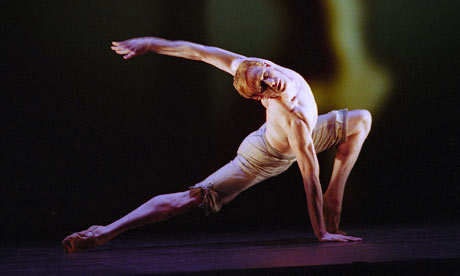
You are, of course, right on track with your diagnosis of the causative factors of your knee pain. Recurrent irritation of the medial side of your patella tendon would indicate that there is most likely a valgus and/or rotational stress being placed on your knee during your training. This often comes about as a result of a combination of insufficient turnout strength for the desired aesthetic range, poor lateral stability of the hip en fondu (gluteus medius), and reduced control through the supporting foot (resulting in pronation of the mid and rearfoot). VMO strength and coordination may or may not play a role, but I find that often when the alignment of the rest of the leg is corrected, the VMO firing begins working without too much other assistance.
In regards to a rehab process for you, I would first be looking at the amount of passive range in the hips into external rotation, in multiple positions – but most notably with the hip in neutral (as it would be as a standing leg), in slight flexion (as when en fondu) and in full flexion (as in a grande plie). The proportional ranges between these would help me guide you towards specific releases to improve the symmetry of your rotation from side to side.
I would also be looking at your fine control of the deepest stabilisers of the spine (Transversus Abdominis, Pelvic Floor, Multifidus, Rotatories, etc) as well as the cross sling stabilisers (especially your Anterior and Posterior Oblique Slings). Effective stability of the lumbar spine and pelvis is the base from which everything else works from. Quite contrary to popular belief – many dancers actually have poor stability of their low back and pelvis.
Next up would be your lateral stability – the ability of Gluteus Medius to keep your hips level dynamically. Stand in parallel, on your left foot, and fondu, facing into a mirror. Note if you tend to ‘sit’ into your supporting hip, can keep it level, or if you tend to hitch the opposite hip.
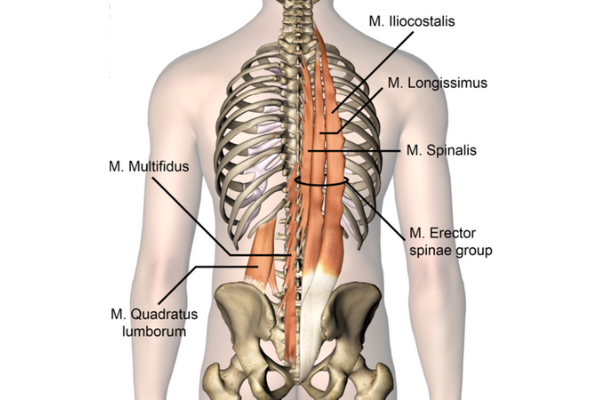
Both sitting into the supporting side and hitching the opposite side indicate a weakness in gluteus Medius. The hitching is simply an excessive compensatory action. Any Gluteus Medius strengthening should be focused on endurance in neutral, rather than repeated activation as many dancers try to do.
Further information on conditioning the core and pelvic control for dancers at your level can be found in our Dance Conditioning 2 book, available on The Ballet Blog.
I am not sure how much the Os Trigonum itself would have influenced the stability of the foot – but if there has been a large amount of instability in that foot, then this may have been a precursor to the Os getting inflamed. Alternatively, if the Os T was blocking your range, the correct stabilisers of the ankle may not have been able to develop during your initial training. In addition, pain, whether from inflammation or from the surgery itself can inhibit some of the stabilising muscles of the foot, so this may be the culprit! All in all, now that all of those things have been removed – you do definitely need to work on the dynamic stability of that foot to help support the knee. Suggested exercises include using a wobble board or similar to perturb your balance. Another good exercise is to practice turning from parallel to turnout on one leg while maintaining stability of the supporting foot (not rolling!).
I hope that this has helped clarify some of the issues that you have been aware of and gives you lots of ideas for new exercises to try. Feel free to let me know if you need me to explain anything further!
Kindest Regards,
Lisa Howell
Dance Conditioning Resources
If you are looking to delve deeper into this topic, check out the following programs:
- Dance Conditioning One: This program is a wonderful collection of exercises and releases for beginner and intermediate dance students, those under the age of 16 years or with less than four years training. This program includes a range of Pilates and Yoga based exercises specifically geared towards improving your core stability, turnout and some foot work.
- Level One Dance Teacher and Therapist Training: This unique course covers a multitude of assessment and treatment techniques to individualise a dancer's training. With special focuses on Postural Control, Core Stability, Flexibility, Basic Classical Technique, The Dancers Hip, Allegro, Spinal Mobility and Arabesques, it is suitable for anyone working closely with dancers.
- 1
- 2



